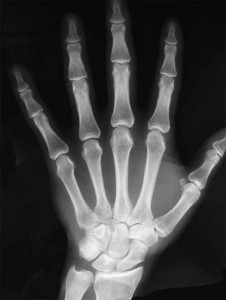Biomechanics
Biomechanics is the study of the mechanical engineering of living things. In design it typically refers to the human body – how the body works, and just as important, how it doesn’t
 Biomechanics considers the mechanisms within the body – muscles, bones, tendons and ligaments – as well as external forces imposed on, or required of the body. For example, your ability to lift a box depends on your body mechanics, body position and lifting technique. It also depends on the size, shape, weight, material properties and center of gravity of the box. Similarly, the ability to perform a sports activity depends on the equipment being used or worn, on the forces of motion exerted on your body, your individual strength, conditioning and the effects of muscle fatigue.
Biomechanics considers the mechanisms within the body – muscles, bones, tendons and ligaments – as well as external forces imposed on, or required of the body. For example, your ability to lift a box depends on your body mechanics, body position and lifting technique. It also depends on the size, shape, weight, material properties and center of gravity of the box. Similarly, the ability to perform a sports activity depends on the equipment being used or worn, on the forces of motion exerted on your body, your individual strength, conditioning and the effects of muscle fatigue.
Many of these things, not all, can be controlled through design. Design determines the physical properties of the object. It can also affect behavior, influencing how and when we do things. Both aspects of design, of course, are critical.
Not everyone is built the same, or thinks the same. Understanding these variations presents an opportunity. In many product categories gender differences, for example, are largely ignored. So is an understanding of the diversity of people, globally, who will (or who could) potentially be using that product. Unfortunately biomechanics is rarely taught in design and engineering schools. Yet it greatly affects the success of many of the products we touch, from kitchen tools to surgical equipment, ultimately affecting a company’s brand image and equity.
Quantitative and qualitative methods can be used to help understand the physical advantages and limitations of your products, and your competitor’s products. The results can directly lead to innovations in design, many of which may be closer at hand (!) than you may think.